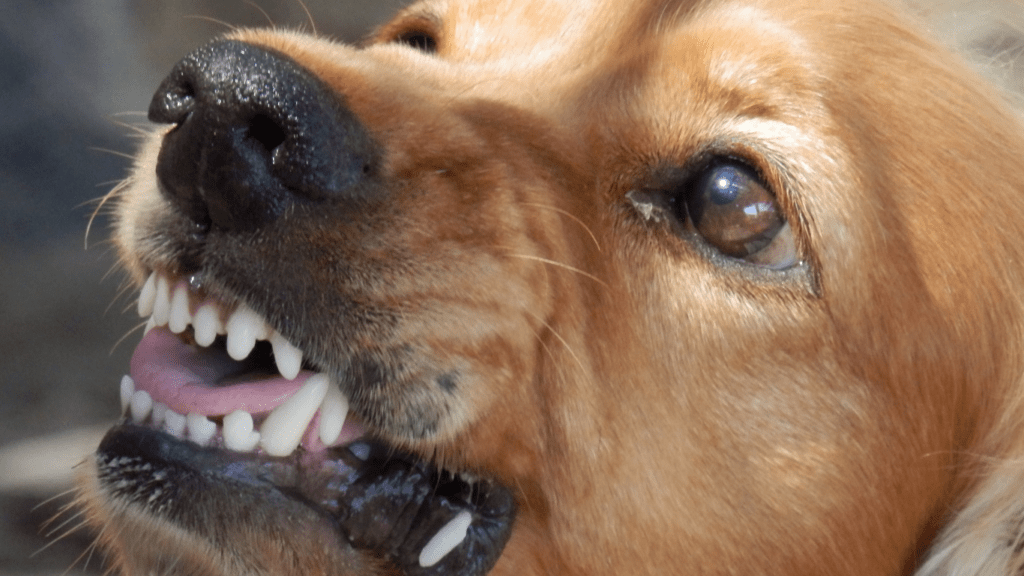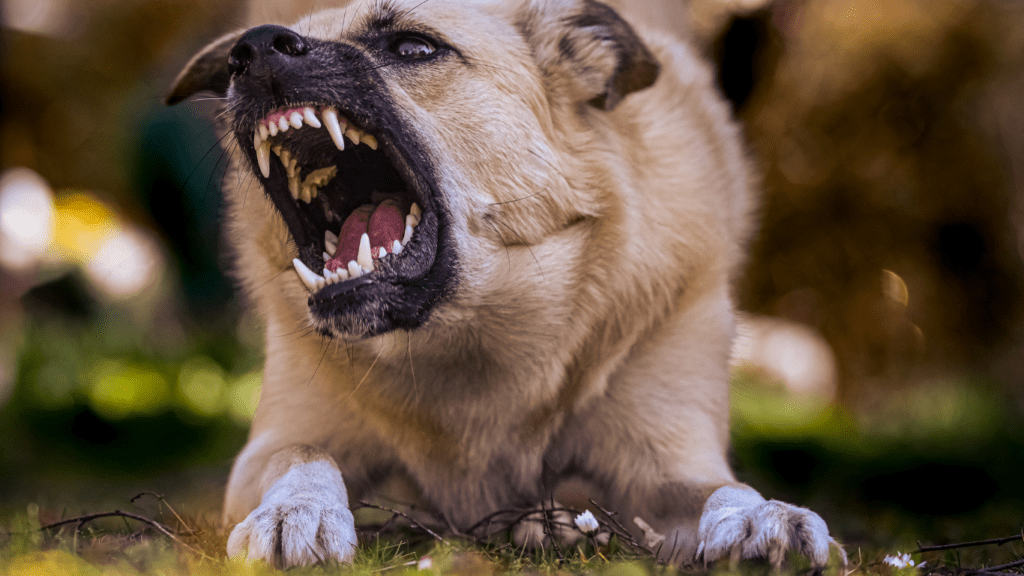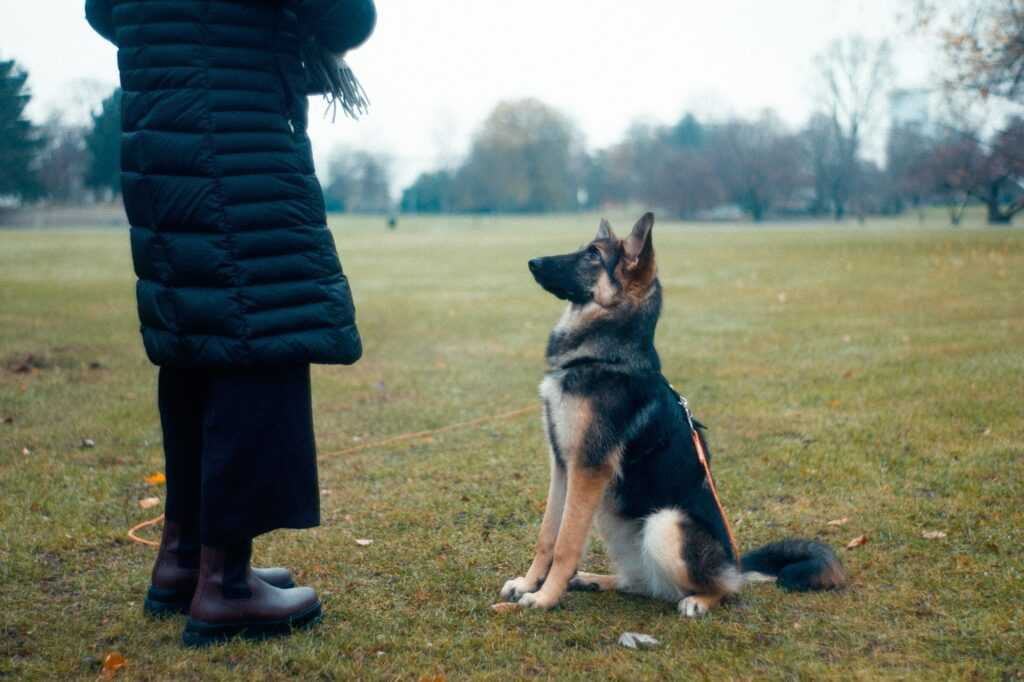Understanding Dog Aggression
Dog aggression is complex and can stem from various factors. Knowing these factors helps in managing and addressing aggressive behaviors effectively.
Types of Dog Aggression
Dog aggression manifests in different forms. Here are the common types:
- Fear Aggression: Dogs react aggressively when scared, often due to past trauma.
- Territorial Aggression: Dogs defend their space from perceived threats, including strangers or other animals.
- Possessive Aggression: Dogs guard resources like food, toys, or even people.
- Protective Aggression: Dogs protect their family members, interpreting unfamiliar entities as potential dangers.
Understanding these types aids in identifying the root causes of aggression.
Common Triggers for Aggression
Various triggers can provoke aggression in dogs. Recognizing these allows for better prevention:
- Lack of Socialization: Insufficient interaction with other dogs and humans can make dogs fearful and aggressive.
- Pain or Illness: Discomfort due to health issues can cause dogs to act out aggressively.
- Frustration: Inability to express energy or desires (e.g., being on a leash) can lead to aggressive outbursts.
- Past Mistreatment: Previous abuse or neglect can instill deep-seated fear and defensive aggression.
By acknowledging these triggers, we can create a safer environment and implement targeted strategies to reduce aggression.
Preventing Aggressive Behavior
Preventing aggression in dogs begins with understanding and implementing key strategies early in their lives. Focusing on socialization, training, and environmental management can mitigate the development of aggressive tendencies.
Early Socialization
Early socialization involves exposing puppies to various environments, people, and other animals. Allowing positive interactions during their formative weeks helps them develop confidence and curiosity instead of fear. Enroll in puppy classes, visit dog parks, and schedule playdates to offer diverse experiences. The American Veterinary Society of Animal Behavior emphasizes starting socialization before a puppy is 16 weeks old to maximize its impact.
Training Techniques
Consistent, positive reinforcement training establishes rapport and corrects potential aggressive behaviors. Reward-based methods encourage desirable behaviors without triggering fear or frustration. For example, clicker training pairs a clicking sound with rewards like treats or praise. Basic obedience training, including commands like “sit,” “stay,” and “leave it,” builds a foundation of trust and control. The American Kennel Club supports using these techniques for their proven effectiveness.
Environment Management
Creating a safe, structured environment for your dog reduces stress and inhibits aggressive triggers. Secure, predictably scheduled living spaces promote stability. Remove or modify environmental stressors, such as loud noises or chaotic activity, to maintain a calm atmosphere. Implementing crate training offers a safe space for retreat when the dog feels overwhelmed. The Humane Society recommends providing consistent routines to help dogs feel secure and prevent anxiety-driven aggression.
Dealing with Aggression When It Occurs

Aggression in dogs requires quick and effective handling to prevent escalation. Recognizing signs early and acting appropriately helps manage the situation.
Recognizing Warning Signs
Recognize the warning signs of aggression to intervene early. Dogs may display growling, showing teeth, rigid posture, intense staring, or raised fur. Changes in behavior, such as becoming overly protective of space or resources, also indicate possible aggression. Observe body language and overall demeanor to gauge potential threats.
Immediate Actions to Take
Take immediate actions to ensure safety. Stay calm and avoid shouting or making sudden movements. Create physical distance between the dog and the target of its aggression. Use commands the dog understands, like “sit” or “stay,” to redirect focus. If the dog remains aggressive, isolate it in a different room or area until it calms down. Reach out to a professional trainer or veterinarian for further assistance if necessary.
Long-term Solutions
Implement long-term solutions for managing aggression. Consistent training programs focusing on behavior modification are essential. Use positive reinforcement to reward non-aggressive behaviors. Socialize the dog gradually in controlled environments. Consider consulting a certified animal behaviorist for personalized strategies. Regular exercise and mental stimulation also help reduce aggression by alleviating excess energy and stress.
Seeking Professional Help
Professional help becomes crucial when managing dog aggression. Experts can offer tailored solutions and ensure safety.
When to Consult a Vet
Consult a vet to rule out medical causes of aggression. Conditions like pain, neurological issues, and hormonal imbalances can trigger aggressive behavior. A complete physical exam and blood tests help identify underlying health problems.
Finding a Qualified Dog Trainer
Select a dog trainer with experience in aggression cases. Look for certifications from reputable organizations like the Association of Professional Dog Trainers (APDT) or the International Association of Canine Professionals (IACP). Check reviews and ask for references to ensure the trainer’s credibility.
Behavior Modification Programs
Enroll in behavior modification programs focused on aggression. These programs involve techniques like desensitization, counter-conditioning, and positive reinforcement. Certified Applied Animal Behaviorists (CAAB) and Veterinary Behaviorists (DACVB) often lead these programs, providing expert guidance. Ensure the program customizes strategies to fit your dog’s specific needs.


 Lead Pet Behavior Specialist
Brian Camacho is an expert in pet behavior and training at Pet Paw Shack. With a deep understanding of animal psychology, he specializes in helping pets and their owners build strong, healthy relationships through positive reinforcement techniques. Brian’s innovative approach to training focuses on making behavior modification a fun and rewarding experience for both pets and their families.
Lead Pet Behavior Specialist
Brian Camacho is an expert in pet behavior and training at Pet Paw Shack. With a deep understanding of animal psychology, he specializes in helping pets and their owners build strong, healthy relationships through positive reinforcement techniques. Brian’s innovative approach to training focuses on making behavior modification a fun and rewarding experience for both pets and their families.
